Contact Us
Contact:
Jamie Wyatt
Director, Honors and Scholars Programs
Anderson Hall, Room 140 on a map
Summer Scholars and Artists Program 4400 Massachusetts Avenue NW Washington, DC 20016 United StatesEmily Barnes CAS ’24, Neuroscience Faculty Mentor: Catherine Stoodley
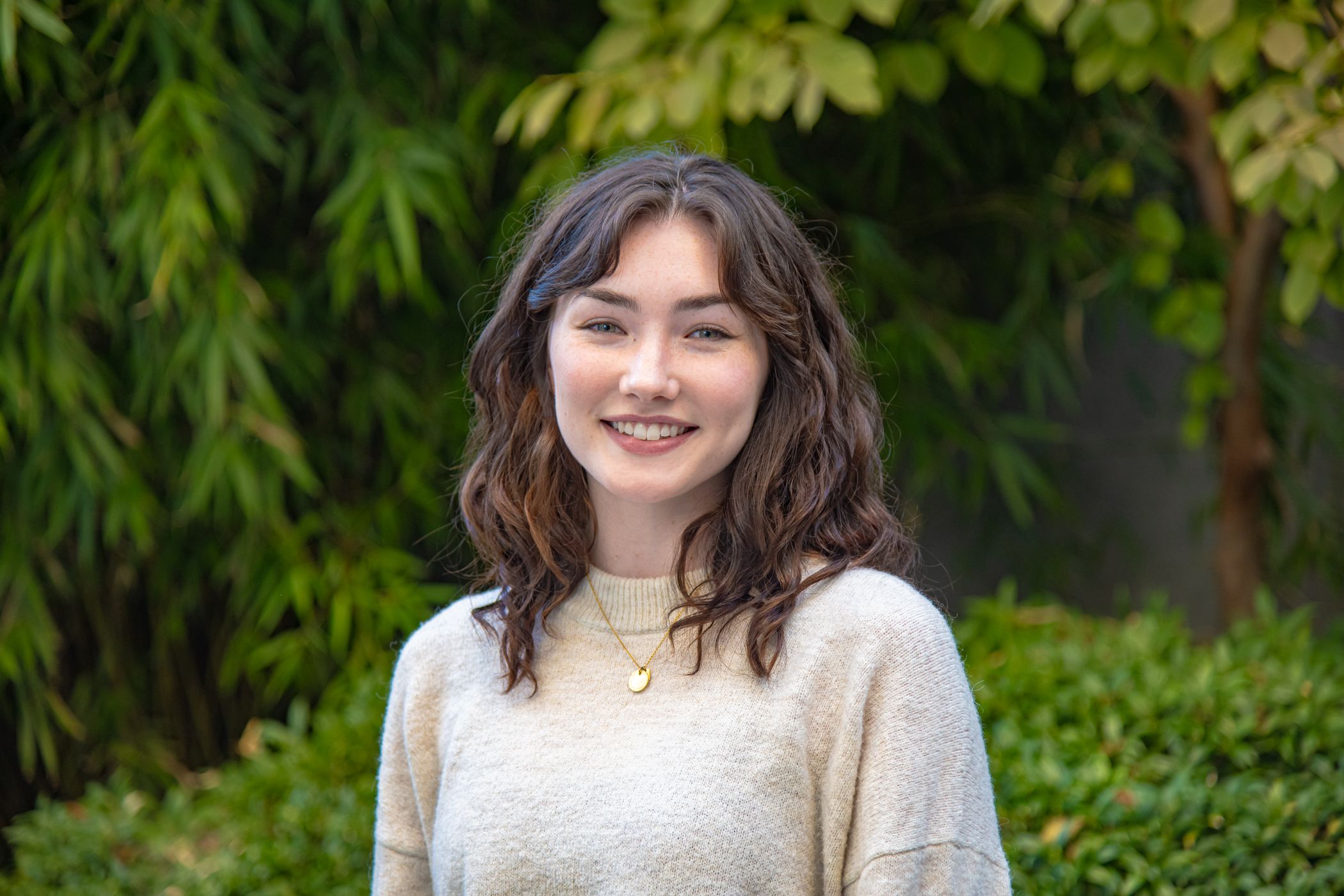
“Understanding the Role of the Cerebellum in Social Cognition”
Abstract: Autism is a complex neurological condition, characterized by atypical social cognition and inflexible or restrictive patterns of behavior. The neural substrates of autism are poorly understood, however differences in the structure and function of the cerebellum are commonly reported in individuals with autism as compared to typically developing individuals. Within the cerebellum there are functional subregions, some of which present greater differences in grey matter volume in individuals with autism. Dr. Stoodley’s cerebellar research lab has been collecting functional magnetic resonance imaging (fMRI) data while they modulate two of these functional. A study is currently being conducted where two cohorts of participants, individuals with autism and neurotypical individuals, are subdivided further to receive tDCS to either right crus I/II or to the posterior vermis. The participants attend four sessions, one to assess behavioral cognitive measures and autism-relevant symptoms, and three scanning sessions. The participants receive 20 minutes of, 1.5mA of tDCS while at rest in the fMRI scanner, prior to completing a series of three tasks, in which the current is either cathodal, anodal, or a sham current. Over the summer, Emily began conducting a preliminary analysis of the neurotypical cohort receiving tDCS to the posterior vermis to test the hypothesis that the posterior vermis modulates cognitive flexibility but not social behaviors. While the analysis is not yet finished, both previous work in animal models and the preliminary data of this study support this hypothesis. Improving our understanding of the role of the cerebellum in social cognition could lead to novel biological therapies in various cognitive disorders and conditions.
Logan Brenner CAS ’24, Chemistry Faculty Mentor: Matt Hartings

“Patient-Specific 3D Printed Healthcare Devices”
Abstract: The goal of this project is to 3D-print implantable devices for patient healthcare. For any medical implant, a primary concern is the risk of rejection. An approach that uses patient-sourced materials as the foundation of an implant has the potential to minimize that risk. This project couples this approach with the use of 3D printing to increase accessibility, decrease cost, and facilitate production of personalized implants on-demand. First, Logan worked on modifying an open-source printer capable of printing materials that are appropriate for tissue culture. Next, he worked on optimizing the previously described gel formulations to be printable within the capacity of the printer and, ultimately, be compatible with physiological conditions. The next steps in this process include evaluating the capacity of these objects to chemically support tissue growth and culture, and ultimately applying the developed protocols to create and evaluate objects made with patient-specific gels.
Lynlee Derrick SIS ’25, International Studies Faculty Mentor: Ken Conca
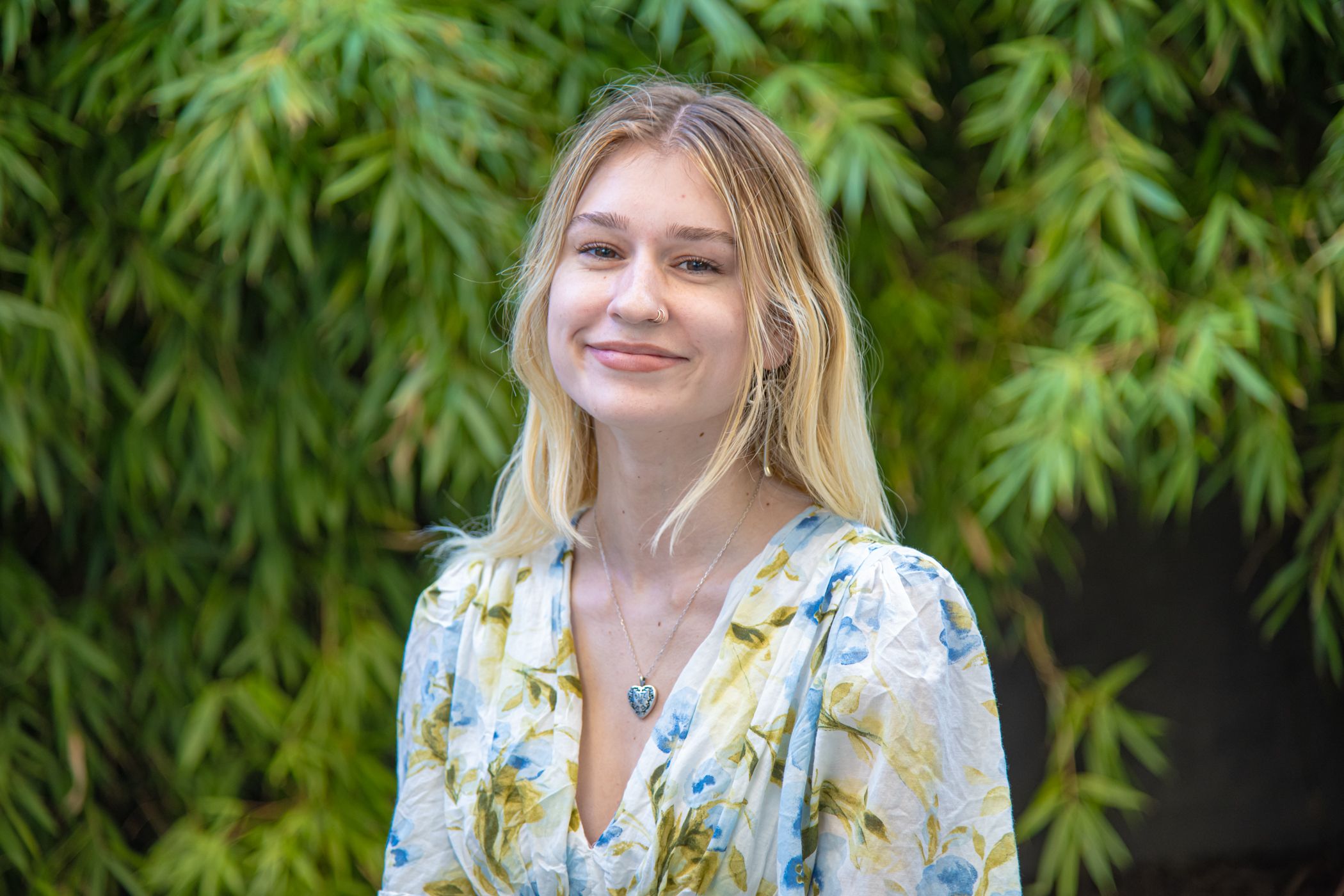
“The Politics of Rising Sea Levels: An adaptation justice-focused examination of New Zealand’s National Adaptation Plan”
Abstract: Lynnlee Derrick’s project examines the justice-related content and implications of New Zealand’s national plan for coastal adaptation to rising sea levels. The World Economic Forum reported that 190 million people were vulnerable to rising sea levels (World Economic Forum 2020) with the risk of rising sea levels a harsh reality for coastal communities, adapting to it has opened a frontier of environmental justice. Using a three-part framework informed by Justice literature, Lynlee reviewed the New Zealand government’s recently-released National Adaptation Plan, assessing aspects of procedural justice, recognitional justice, and distributive justice. Her findings fell into two broad categories. First, the National Adaptation Plan works with a variety of disadvantaged groups, local governments, Māori communities, and coastal communities to enact meaningful procedural, distributive, and recognitional justice within coastal adaptation that respects varying frames of knowledge. Second, the plan lacks meaningful details on mechanisms for engagement, feedback, and increasing the accessibility of government programs. These findings offer valuable insights for shaping future adaptation policies worldwide, emphasizing how to incorporate adaptation justice principles.
Anna Gardner CAS ’24, Sociology Faculty mentor: Molly Dondero
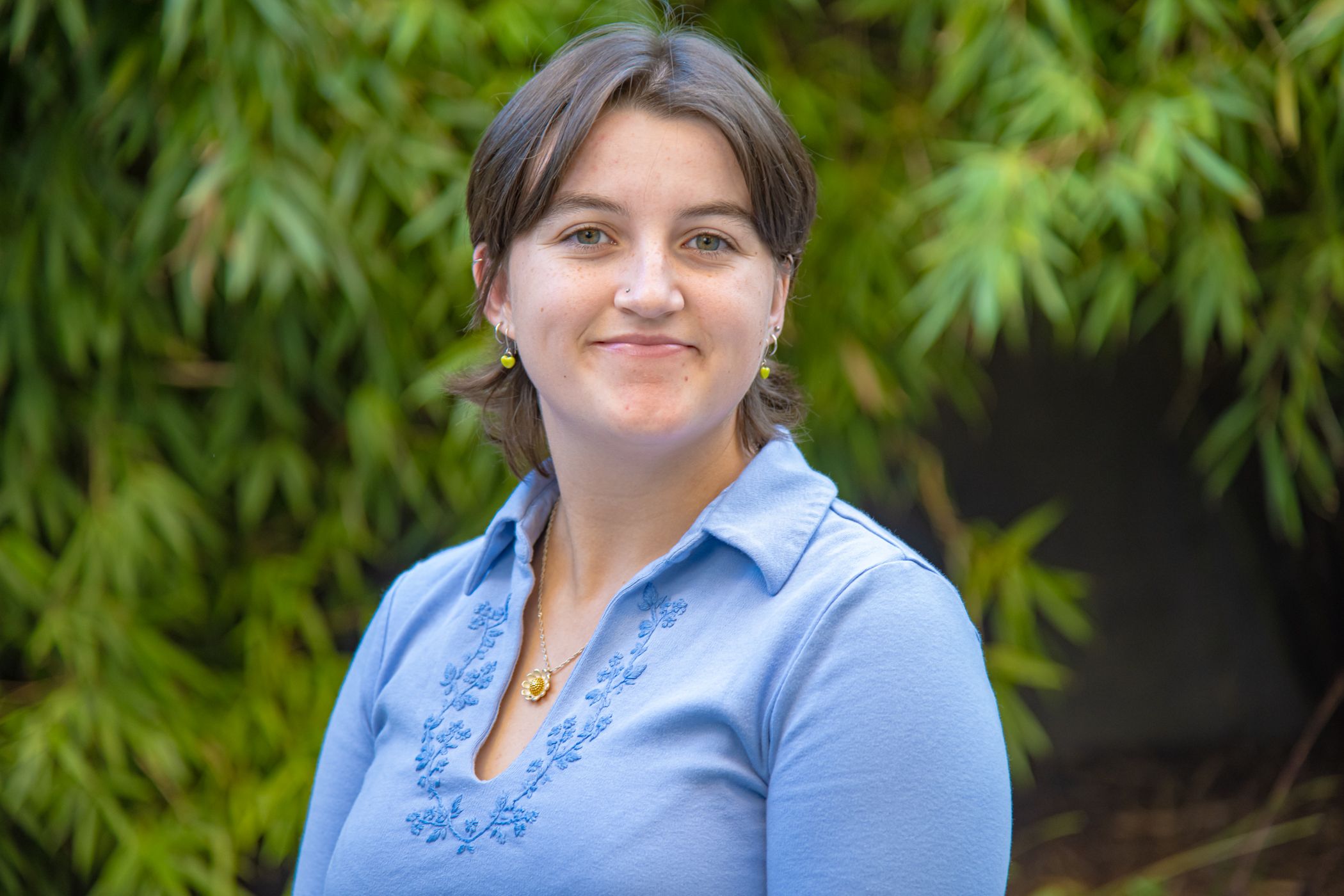
“HIV Testing and the Social Determination of Health”
Abstract: According to the social determination of health model, social factors such as race, sex, and home ownership mutually influence each other to determine HIV outcomes. Increasing access to HIV testing to target social disparities has become a key part of community health agendas in the past few decades. Anna Gardner analyzed a subset of the National Health Interview Survey, looking at data from 1995 and 2015 to study how testing rates have changed over time. To conceptualize the interactions between HIV testing, home ownership, race, and sex, she conducted a multi-variable crosstab analysis, and found that the association between HIV testing and home ownership is strongest for Black women, indicating that testing is reaching the most vulnerable groups. The association is also stronger across all groups in 2015 than 1995, demonstrating increased testing efforts since the onset of the HIV epidemic. While testing is an effective preventative measure, it is also important to examine why there are still persistent disparities in HIV outcomes.
Alexis Leder CAS ’24, Studio Art & Art History Faculty Mentor: Meghan Raham

“Historical Costume Design for the Stage”
Abstract: Historical costume design for the stage involves artistic creativity, in-depth historical scholarship, and the narrative magic of theater. For her Summer Scholars and Artists research, Alexis Leder conducted an intensive exploration, guided by the expertise of Professor Meghan Raham, centered on the effect of historical fashion on theatrical costume design. Her research delved into the intricate evolution of 18th-century Western women’s fashion, a journey which led Alexis to learn about and source historically accurate fabrics that emulate the antique garments on display in museums across the world. The culmination of this research was the design and construction of a costume in the robe à l'Anglaise style, balancing the faithful replication of mid-18th-century women's attire with innovative, actor-friendly modifications tailored to the needs and expectations of the 21st-century live theater environment. This research experience highlighted not only the technical and artistic challenges of historical costume design, but also emphasized its timely role in uniting the rigor of live performance, bridging centuries, and crafting a visual narrative that transcends time and medium.
John Paul Mejia CAS ’25, Sociology Faculty Mentor: David Vazquez
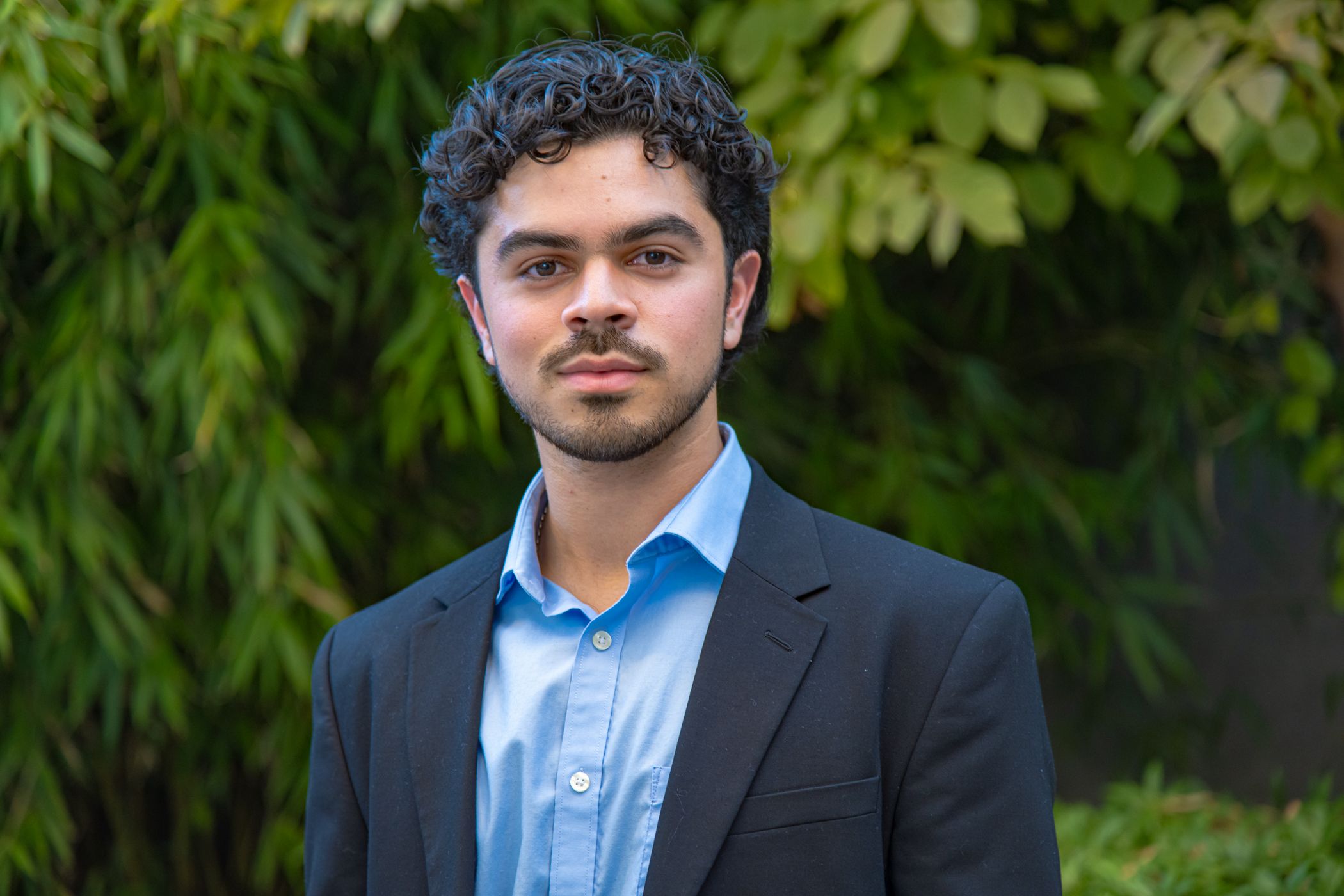
“A Changing Shade of Red: An inquiry on how racial identity informs the political identity of young Cuban Americans in Miami”
Abstract: Since the 2016 election, “the Latino vote” has been increasingly discussed and reported on by pundits and political journalists alike for what seems to be a conservative shift in a previously reliable constituency for liberals. Despite the recent attention, conservative political identities amongst Latinxs are not entirely novel. A notable distinction has long been evident amongst Cuban-Americans, particularly those in Miami, who have historically retained conservative political identities. The conservative political identities of Cuban Americans have largely been attributed to anti-communist beliefs that align with US American conservatism. However, there are two factors which may complicate this simple explanation. The first is the exceptional inclusion of Cubans and Cuban-Americans into forms of U.S. whiteness. Second, the ever-growing utility of white identitarianism for conservative political mobilization. Using Miami-Dade County as a unit of analysis for its Cuban-American enclave, this exploratory study operationalizes racial identity as an independent variable while self-described conservative political identities are the dependent variable with an objective to evaluate how a possessive investment in whiteness can inform the political identities of Cuban Americans. Following a qualitative research approach, input was gathered through in-depth interviews with 16 participants ages 18-35. Analysis was constructed by examining themes of racial and political identity in the responses of participants to a series of open-ended questions. While the sample size of participants and the qualitative cannot lead to generalizable conclusions, early findings indicate a complex relationship between class, and migratory generation informs both racial and political identities of young Cuban Americans.
Madison Moore SPA ’25, Legal Studies, Minor: Graphic/Visual Communication Design Faculty Mentor: Edward Helfers

“FRACAS: A Game of Chaos and Connection”
Abstract: Academic scholars and educators alike agree that evolving internet technologies have bothered the way that middle school students’ access, assess, and utilize information. From the early, decentralized “read-only” days of Web 1.0 to participatory interfaces and predictive algorithms, students have struggled to maintain the skills necessary to critically examine the information they encounter online (Stanford History Education Group). One-way traditional ELA teaching practices address this problem is by diversifying source exposure, an approach that sometimes fails to establish the relative credibility of sources (Kohnen et al., 2021). Combine this with outdated curriculums fueled by state-set standards and many students cannot apply print-based information literacy principles to online contexts (Leu et al., 2019). In light of calls from education scholars for new strategies, I first consider the potential of games in the classroom, which can foster student participation, social and emotional learning, and risk-taking (Cam, 2017). I then propose a fast-paced, partnered game modeled after the card game Kemps, encouraging students to learn standards of credibility before putting their comprehension to the test in a timed, energetic environment amongst peers. As Facione concludes, students not only need critical thinking skills, but they also need to have “critical dispositions” that motivate their search for reliable and trustworthy information (2006). By targeting middle school students, the goal is that they will be better able to navigate high school and collegiate level ELA courses where expectations of knowledge increase while step-by-step instruction decreases.
Ivana Rasch Chinchilla CAS ’24, Computer Science & Audio Technology Faculty Mentor: William Brent
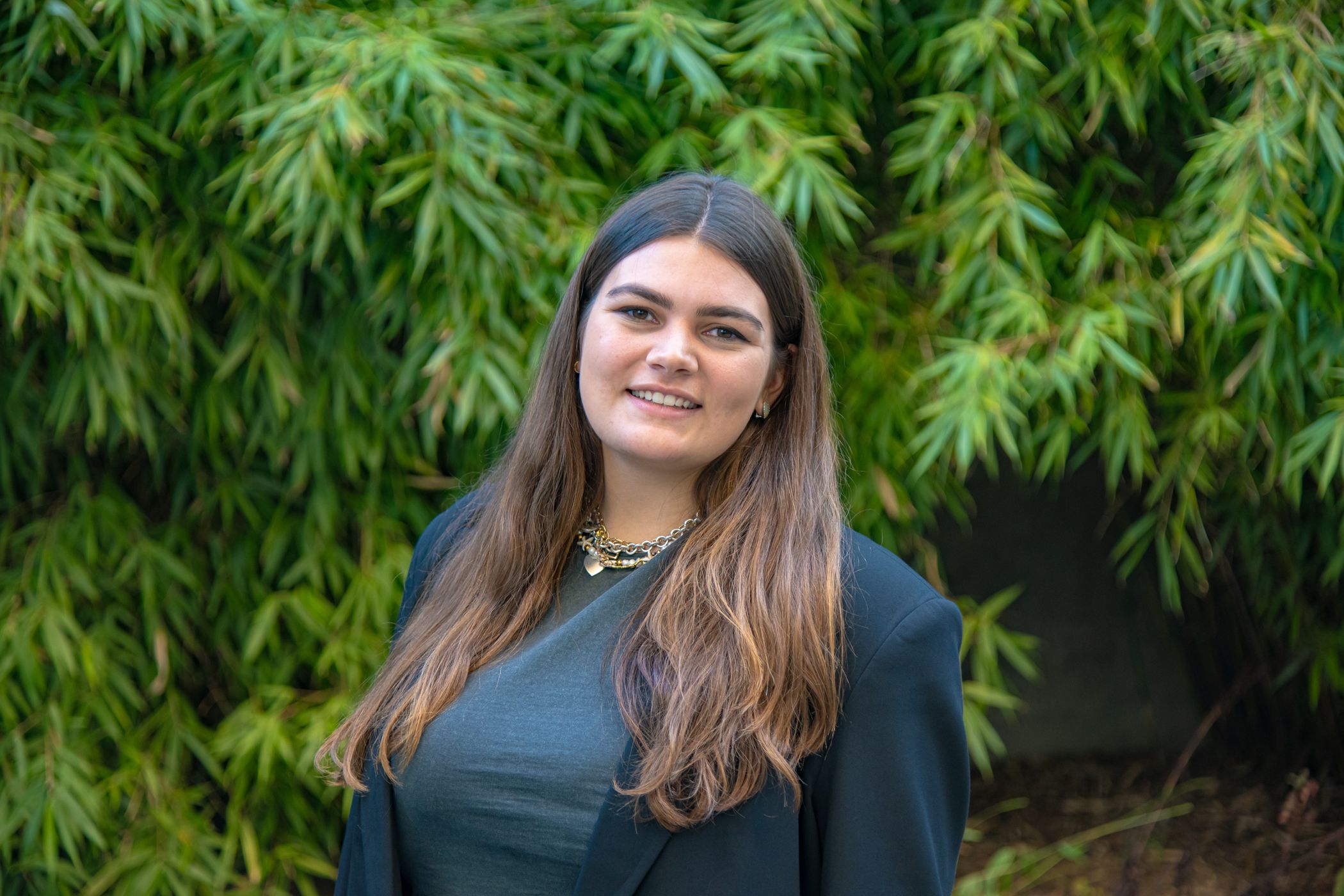
“Paint Instrument”
Abstract: Ivana Rasch Chinchilla’s 'Paint Instrument,' offers a captivating fusion of art, programming, and audio technology. The canvas is transformed into a potential digital musical instrument using conductive paint, touch capacitors, and a teensy chip that sends commands to original audio software running on a laptop computer. The primary focus of Ivana’s software research, inspired by Professor William Brent’s timbreID audio analysis library, is the automatic segmentation, analysis, and re-synthesis of diverse speech signals to create a composite language. This involves a comparative analysis of initial speech statements, a K-nearest neighbors (KNN) classifier, and essential audio features such as Bark-spectrum, harmonic ratio, zero crossing rate, short-time energy, and spectral rolloff. The future vision for this project is harnessing these characteristics to generate music based on speech segmentation, allowing visitors to experience both spoken word and accompanying music.
Heather Roselle CAS ’25, American Studies Faculty Mentor: Elizabeth Rule

"Inked and Inimitable: How Tattooing and Embroidery have Sewed Seeds of Social Deviance in the American Political Project"
Abstract: This body of work aims to connect the ways in which American tattooing and needle-based textile art are connected via spheres of race, politics, and social formation. The history of both fields are deeply entrenched in notions of class and race-based stratifications, and this research aims to understand how both mediums either uplift or degrade these structures. By combining a literature review with interview material from professionals of tattooing and embroidery, Heather Roselle hopes to underscore the ways in which these two crafts contribute to American culture. Throughout the research process, Heather discovered that the act of being heavily tattooed in America is to intentionally ostracize oneself from the exploitative socioeconomic structures that rely on anonymity and beauty cycles as an act of dissension from American capitalism. Embroidery, and its rich temporal use in many communities across the western diaspora, can be seen throughout political revolutions and at the home in a uniquely polarized dual-purpose political function. It is through this cross examination of artistic mediums that the application of lesser-researched forms of folk art can be seen in sociopolitical contexts, thereby shaping the landscape of the American political project.
Izzy Scholes-Young CAS ’24, Literature & Spanish Studies Faculty Mentor: Lily Wong
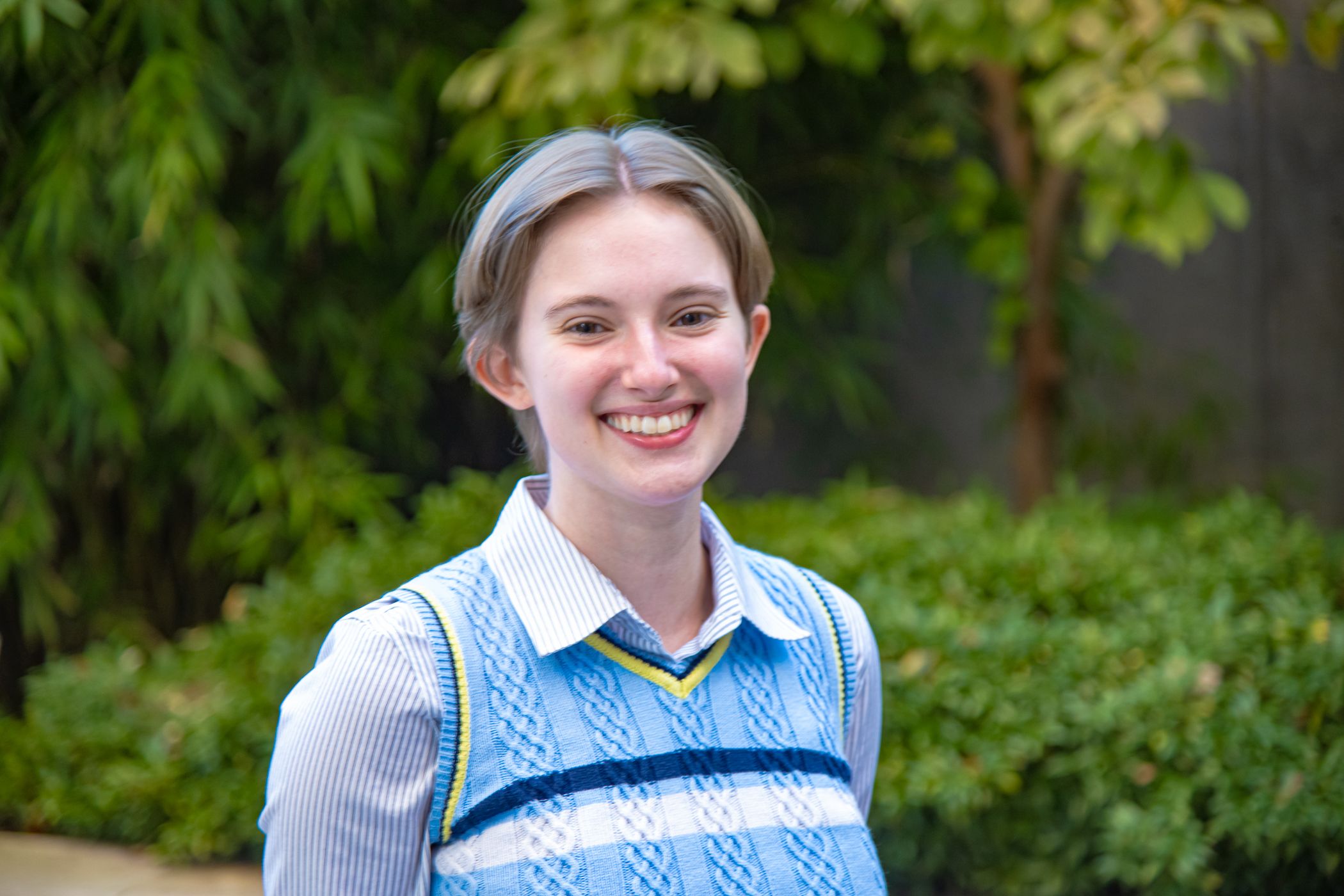
“Cripping the Plague: Representations of Disability in Pandemic Fiction”
Abstract: Izzy Scholes-Young was curious to understand how disabled stories are represented in fictional pandemic novels. Through their summer research, Izzy read eight pandemic novels to understand how they embodied or defied existing tropes about disability, especially in relation to health crises. Izzy then compiled their analysis into an accessible Zine entitled Tropes to Watch Out For, which includes collage artwork created throughout the project and inspired by Izzy’s reading.
Tommy Schupp CAS ’25, Math & Data Science for Political Science Faculty Mentor: Joshua Lansky
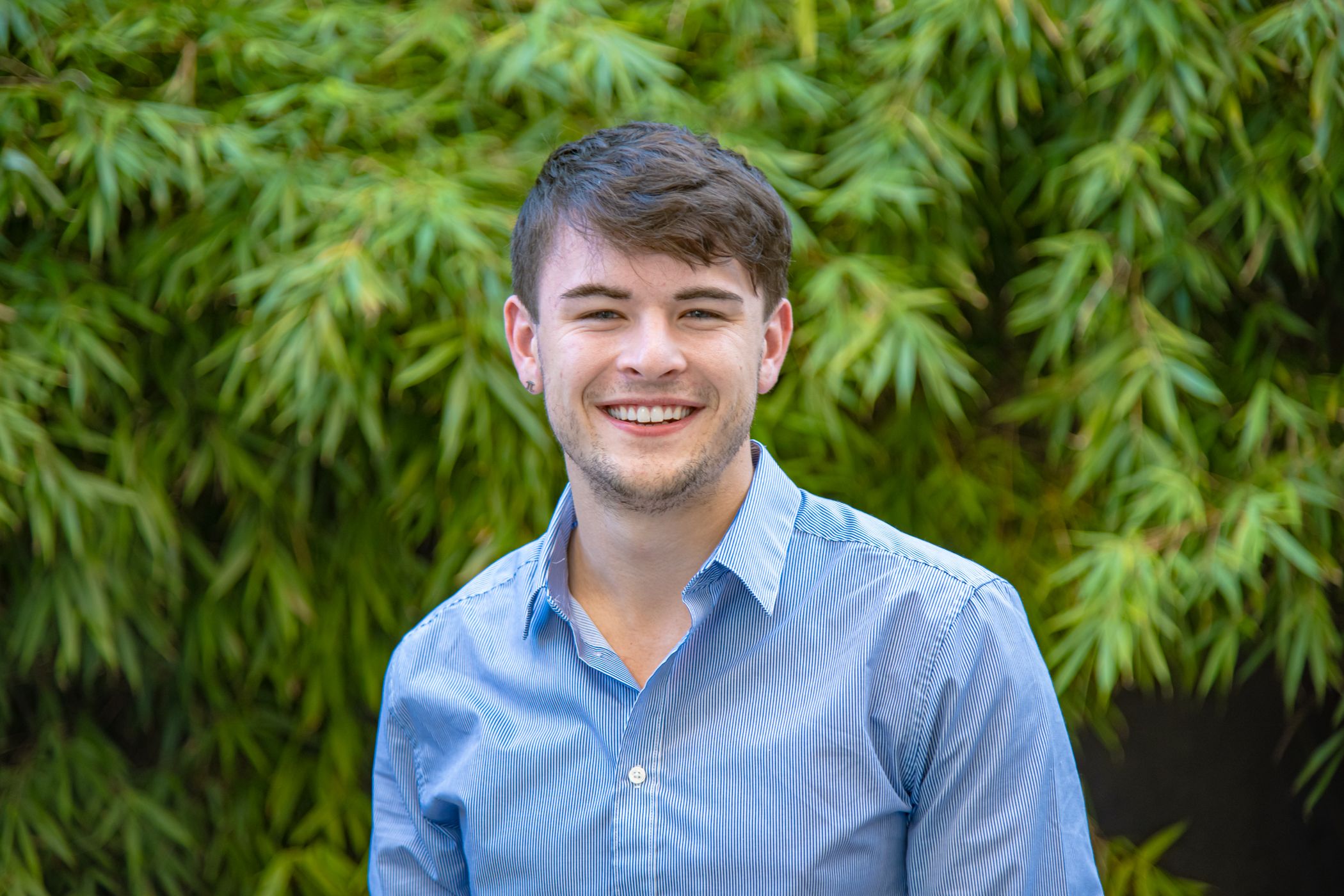
“Counting Primitive Characters”
Abstract: Tommy Schupp’s final research project presents a formula to find the number of primitive Dirichlet characters for a given modulus. In particular, this research found that the Dirichlet convolution of the Euler totient function with the Möbius function counts the number of primitive Dirichlet characters.
Rohan Singh SIS ’25, International Studies, Minor in Creative Writing Faculty Mentor: Hannah Grieco
“Sanskriti: Exploring Queer Identity through Poetry from the Mughal Dynasty”
Abstract: The Mughal Golden Era, spanning from the 16th to the 18th century in the Indian subcontinent, witnessed the creation of a rich poetic works on romance and beauty. These poems are celebrated for their aesthetic and literary qualities but there is a hidden dimension that is unexplored – the expression of queer identity within this poetic tradition. Rohan Singh’s research project aims to delve into the Mughal Golden Era poetry to uncover and analyze the subtle yet profound ways in which poets of this era conveyed queer identities through their use of pronouns, metaphors, and romantic allegory.
Bronwyn Warnock SIS ’24, International Studies Faculty Mentor: Lauren Carruth
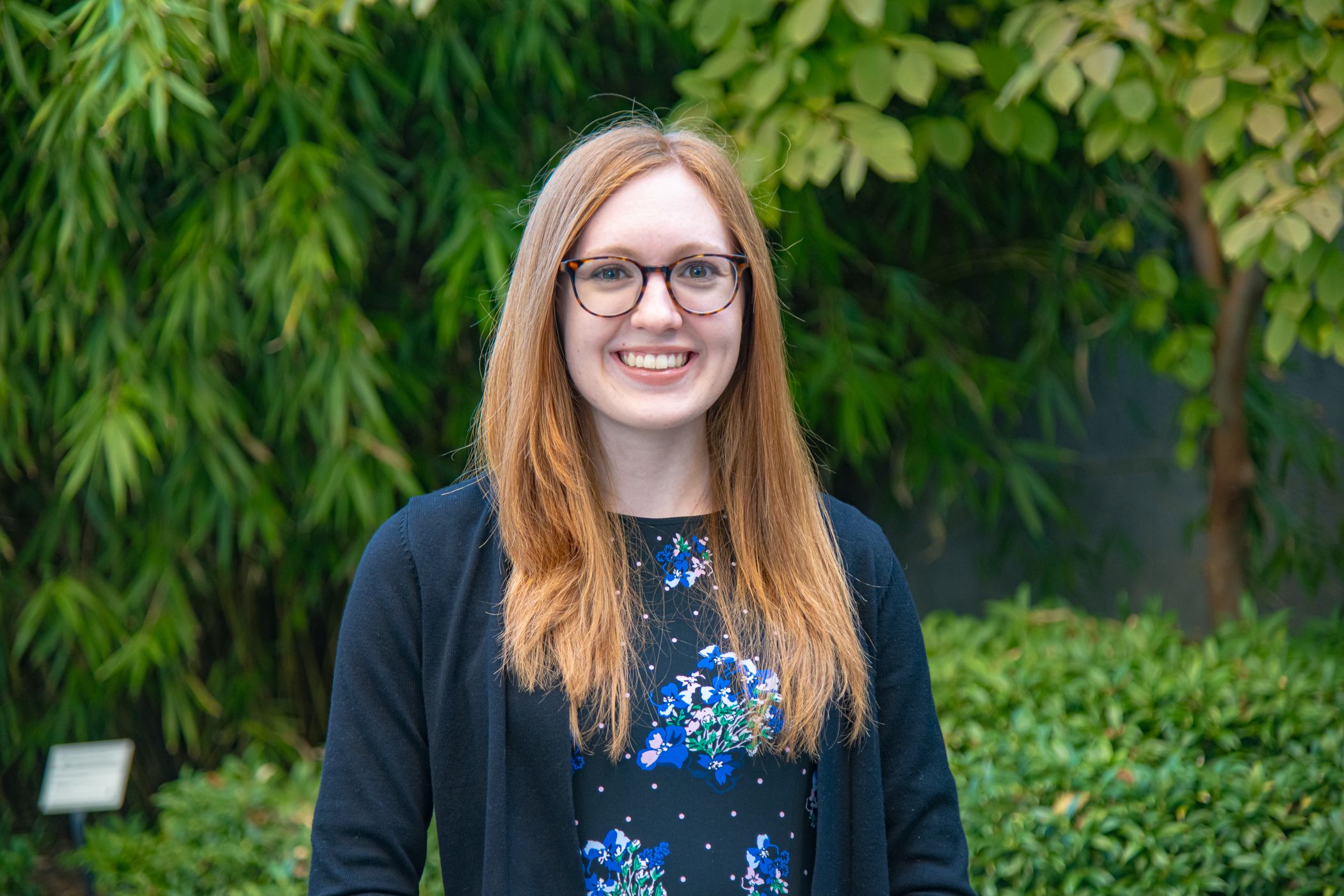
“Food Security Among Immigrants, Refugees, and Asylum Seekers in the Greater Washington DC, Virginia, and Maryland Area”
Abstract: In light of the alarming food insecurity rates in the greater Washington DC, Virginia, and Maryland (DMV) area, this study aims to conceptualize the scope of food security among recently arrived immigrants, refugees, and asylum seekers in addition to available food assistance. Utilizing a multimethodology approach with a quantitative survey and qualitative semi-structured interviews, this study found that immigrants and refugees faced substantially higher rates of food insecurity and lacked access to a plethora of food assistance resources in the DMV. Among recently arrived immigrants, refugees, and asylum seekers, barriers such as low socio-economic status, and structural inequalities and exclusion limit food security, while reliance on social networks facilitated support. In sum, this research proposes that higher levels of food security among recently arrived immigrants, refugees, and asylum seekers can be achieved through elevated leadership of community-led food assistance programs in coordination with government food assistance which reconceptualizes food security as a human right.
